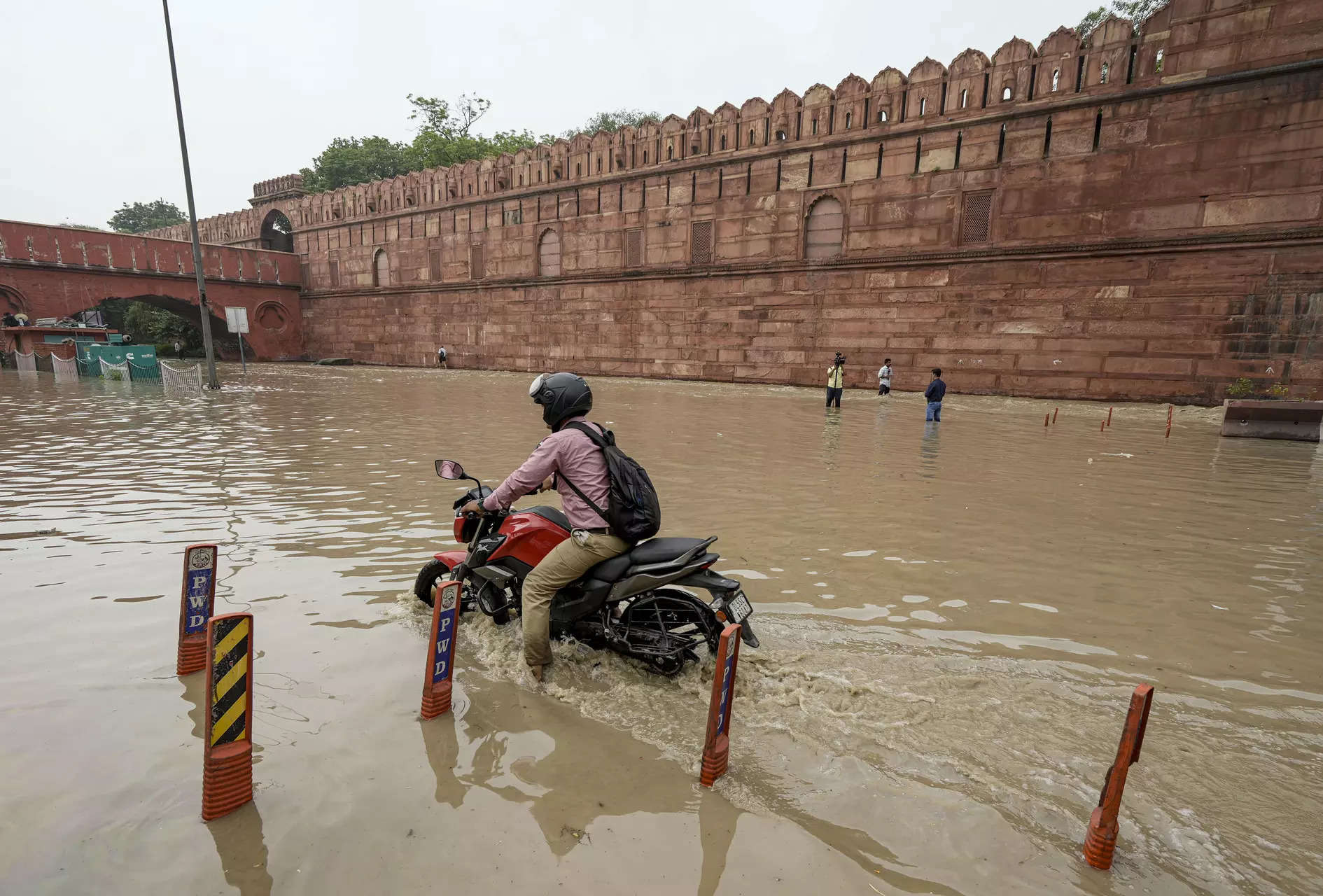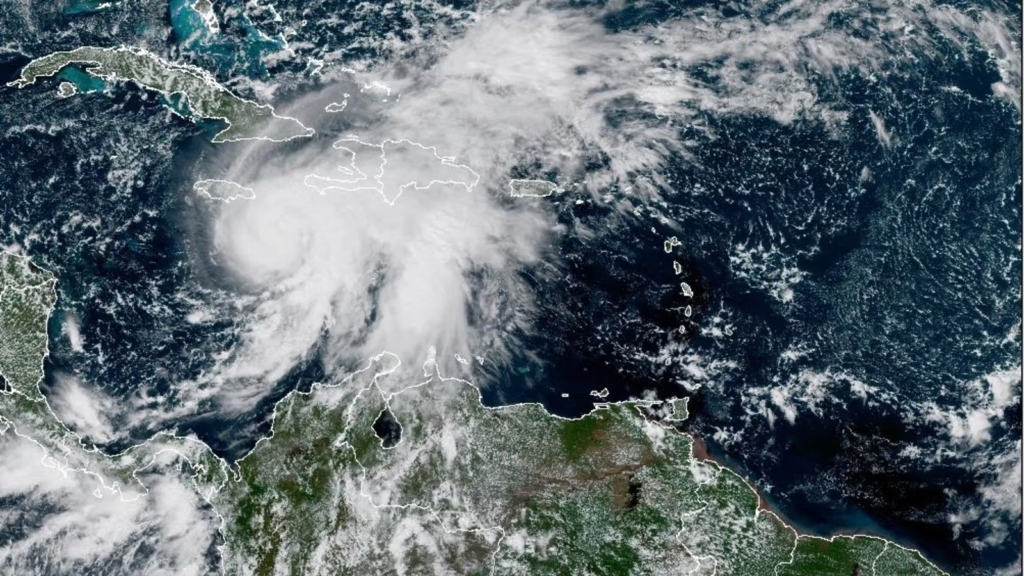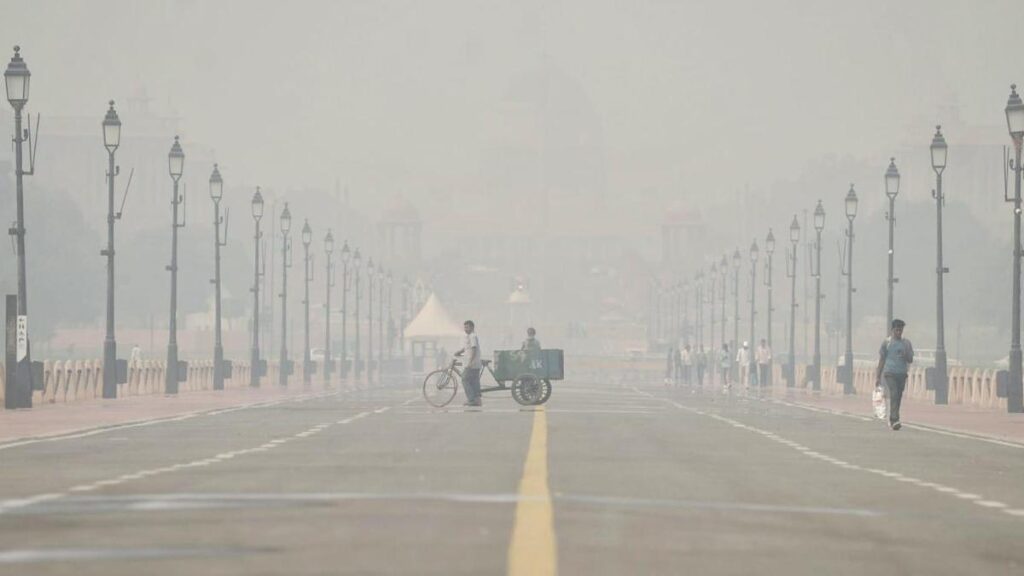Now Reading: Encroachments and Vanishing Farmland Turn Delhi into a Flood-Prone City
-
01
Encroachments and Vanishing Farmland Turn Delhi into a Flood-Prone City
Encroachments and Vanishing Farmland Turn Delhi into a Flood-Prone City

Heavy rains in recent years have shown how vulnerable Delhi has become to waterlogging and flash floods. Experts warn that this is not just nature’s doing but a result of rapid urbanization, encroachment on natural drains, and shrinking agricultural land. What was once fertile farmland and open space that absorbed excess rainwater is now concrete, leaving little room for the city to breathe during downpours.
Large stretches of land near Yamuna floodplains have been encroached upon for housing, commercial complexes, and unauthorized colonies. Natural drainage channels, which once carried rainwater into the river, have been blocked or diverted, worsening flooding during monsoons. As construction has expanded, even low-lying agricultural fields that acted as natural buffers have disappeared.
For residents in Tier 2 cities like Gurugram, Ghaziabad, and Faridabad, the problem is not distant. Similar patterns of construction and land conversion are visible, putting these cities on the same path as Delhi. Once local farmland is lost to real estate, the risk of flooding rises because rainwater has nowhere to seep.
Urban planners highlight that unchecked growth without proper drainage planning is at the root of the crisis. While infrastructure projects such as stormwater drains and pumping stations are underway, they cannot replace the ecological balance that natural land provided. The issue is further complicated by poor waste management, with plastic and debris clogging the few drains that remain.
The rising flood risk in Delhi is a reminder that development without planning comes at a cost. Protecting open spaces, restoring natural drains, and enforcing stricter construction rules are necessary steps if cities want to avoid waterlogging disasters. For growing urban centers across India, Delhi’s situation stands as a warning of what happens when the balance between land and water is ignored.

























